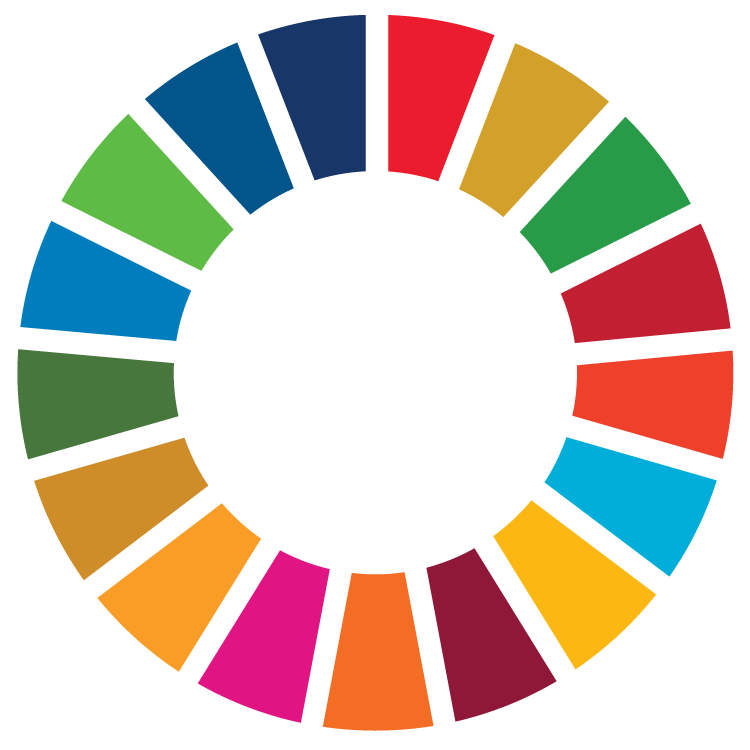
Text original
Aquesta assignatura s'imparteix en català i espanyol. El text original d'aquest pla docent és en català.
Texto traducido
Esta asignatura se imparte en catalán y español. El plan docente en español es una traducción del catalán.
La traducción al español está actualizada y es equivalente al original.
Si lo prefieres, ¡consulta la traducción!
Text created with automatic translation
The language of instruction of this subject is Catalan or Spanish. The course guide in English is an automatic translation of the version in Catalan.
Automatic translation may contain errors and gaps. Refer to it as non-binding orientation only!
Course
Human Nutrition and Dietetics
Subject
Ergogenic Aids in Sport
Type
Optional (OP)
Credits
3.0
Semester
2nd
| Group | Language of instruction | Teachers |
|---|---|---|
| G11, classroom instruction, mornings and afternoons | Catalan | Marc Gómez Ribalta |
| G19, blended learning, mornings and afternoons | Spanish | Marc Gómez Ribalta |
Sustainable Development Goals (SDG)

- 3. Good health and well-being
Objectives
The subject Ergogenic Aids in Sport is part of the subject of Sports Nutrition, included in the Elective module, corresponding to the elective training of the degree in Human Nutrition and Dietetics. There are no prior requirements, but it is recommended to have taken the subject. Nutrition and Sports.
The objectives of this subject are:
- Achieve the necessary skills to advise any individual in any situation or age on the use of food supplements and nutritional ergogenic aids.
- Learn about technologies applied to sports that are related to nutrition.
- Experimenting with how different nutritional supplements can respond differently in different individuals and how they can respond differently depending on that individual's nutritional status.
- Learn about the tools of the Physical Activity and Sports Sciences and Sports Medicine laboratories.
- Assess the need for integration with graduates in Physical Activity and Sport Sciences.
In this optional subject, students expand their knowledge in relation to ergogenic aids and their effects on sports performance, and also on the types, classification and uses of these aids in different situations and sports areas.
Learning outcomes
- LO1. Plan nutritional strategies taking into account sports supplements for special situations in sports competition.
- LO2. Identify the nutritional and water needs that athletes may have when they are in special situations and environments to adapt their eating habits and improve performance.
- LO3. Knows and knows how to apply different tools and technologies available to improve advice on nutritional supplementation.
- LO4. Acquires greater critical and reasoning skills in relation to sports supplementation.
Competencies
Specific skills
- Design and implement feeding plans for individuals and groups, composed of both healthy children, pregnant women, sportsmen and women, etc., and sick individuals, with due consideration of different nutritional techniques and support products for use by dietitians and nutritionists.
Basic skills
- Students can apply their knowledge to their work or vocation in a professional manner and have competencies typically demonstrated through drafting and defending arguments and solving problems in their field of study.
Core skills
- Project the values of entrepreneurship and innovation in one's academic and professional career, through contact with a variety of practical contexts and motivation for professional development.
Content
- General description of ergogenic aids
- Classification criteria: permitted and prohibited aids
- Types of aids and effects on sports performance
- Contamination of nutritional supplements. Anti-doping regulation and control
- Gastronomic preparations
- Glycemic index / load
- Lactate test (affect depending on intake)
- Substrate test at rest and during activity (response according to intake)
- MRI test (response according to caffeine intake)
Evaluation
According to the Academic Regulations for undergraduate studies at UVic-UCC, there is only one official call that provides for two different evaluation periods:
- Ordinary period, which takes place as part of the training process and during the school period.
- Complementary evaluation period, in which the student can be evaluated again for the tasks, activities or tests that he or she has not passed satisfactorily within the framework of the first period.
Ordinary period
The overall grade of the subject is determined by:
- Overall attendance: 10%
- Active participation: 10%
- Practice 1: 20%
- Practice 2: 20%
- Practice 3: 20%
- Practice 4: 20%
Complementary evaluation period
Students who do not pass some of the activities considered retakeable may retake them during this period, as long as the total number of parts of the subject not passed does not represent 50% of the final grade.
- Practice 1: recoverable; 20%
- Practice 3: recoverable; 20%
Important
Plagiarism or copying someone else's work is penalized in all universities and, according to the UVic-UCC coexistence rules, constitute serious or very serious faults. Therefore, during the course of this subject, plagiarism or the improper appropriation of texts or ideas from other people (see What is considered plagiarism?) and the improper or undeclared use of artificial intelligence in an activity automatically result in a suspension or other disciplinary measures.
To cite texts and materials appropriately, you must consult the academic citation guidelines and guidelines available on the UVic Library website.
Methodology
- Master classes
- Case resolution
- Internships at the Taste Laboratory
- Internships in the Physical Activity and Sport Sciences Laboratory
- Practices on the athletics tracks
- Visits to specialized centers
In this subject, the weight of theory is low, compared to the high practical content. Therefore, attendance at the practicals is essential, both in the face-to-face and blended learning modes.
Bibliography
Key references
- Domínguez Herrera, Raul., Mata Ordoñez, Fernando., (2017). Nutrición Deportiva Aplicada: Guía para Optimizar el Rendimiento. ICB EDITORES.
- González,.Gross,. María Marcela (2021). Nutricion deportiva: Desde la fisiología a la práctica (2021 ed.). Panamericana.
- Jeukendrup, Asker., Gleeson, Michael., (2019). Nutrición Deportiva: Sport Nutrition, Third Edition. Ediciones Tutor S.A.
- Matabosch,. Pijuan,. Martí (2019). Una nueva línea de entrenamiento: Avance tecnológico al servicio del fútbol (2019 ed.). FDLMART.